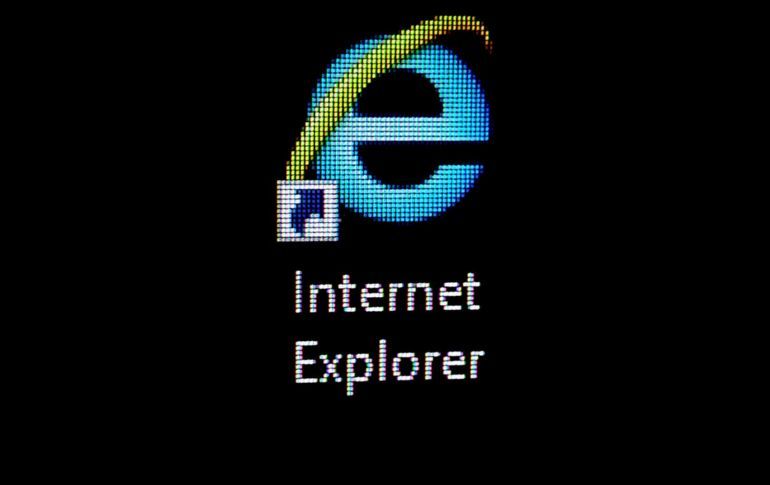In those years, programming web pages was, to a certain extent, a little simpler: you opened your favorite editor - Windows Notepad itself was a good option -, you began to layout a very basic structure in HTML - yes, by basic I mean using tables and nested tables -. Style sheets? not at that time, there were a few months left to be able to talk about a language commissioned 100% in the style of the site; So, design? Of course! We could put background images in cells with attributes to labels like "background", we could center and change text properties with our own labels like "center" or "font". Okay, let's leave the past in the past, we were talking about the browser with the big blue E.
Throughout these almost more than 20 years, Microsoft's browser has had several changes, it has been the competition of other participants in the industry and we could say today that it could already be considered defeated in a battle where those same competitors have set new standards, do you remember the announcement at the end of last year where Microsoft officially said the evolution of Edge based on Chromium? Following this journey into the past, just 3 years ago they announced support only for the latest version of IE. Just in early February, a senior security architect at the company, Chris Jackson, wrote a note about the Dangers of having Internet Explorer as your default browser.
Some of the arguments that Jackson raises are that the beginning of IE was not based on standards and we mentioned it a couple of paragraphs ago, you could open your notepad and start an HTML file and you didn't worry about a doctype and that was just the beginning, not to mention being able to use HTML5 APIs such as geolocation, web workers or local storage, to name a few. Also another thing that Chris mentions is that site developers no longer worry about programming based on Internet Explorer - which is worth saying here, I'm not talking about Microsoft Edge -, the development and maintenance work multiplies exponentially by simply trying to take care of styles for the different versions of that browser - for more experienced people, do you remember things like [if IE 7]? -.
Well, what would be advisable to do? Basically not much if you are a user, it is simply taking a step forward in terms of versions, in this case no longer occupying Internet Explorer and instead occupying Edge. If, on the other hand, you are a developer and you still have to maintain support for an intranet or similar site, it will be advisable that you start reviewing with your project manager how to migrate to new versions. Do you think you need help with this? Well, here at Masclicks we can help you plan that migration. Do not hesitate to contact us to talk to us about your project and we can work together to move your development to the most up-to-date standards.
What do you think about this transition and decision-making by Microsoft regarding its browser? I would love to know your point of view.







